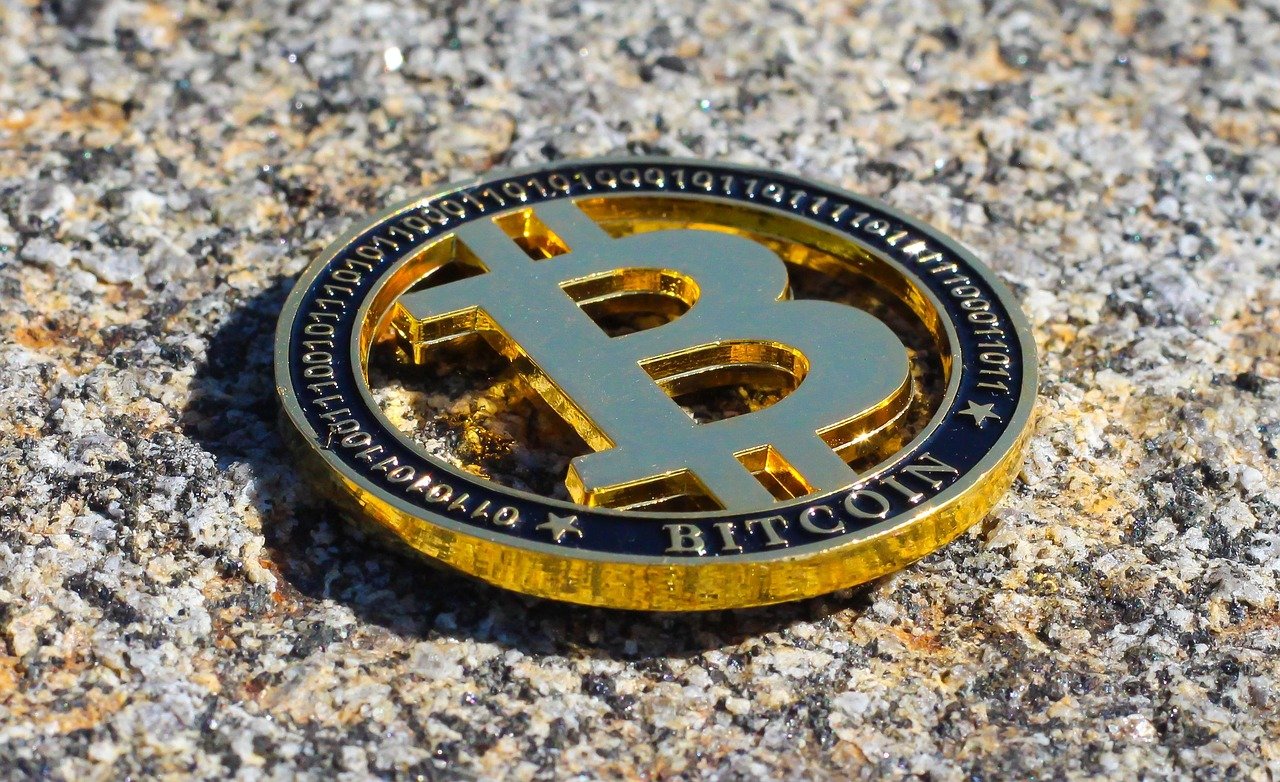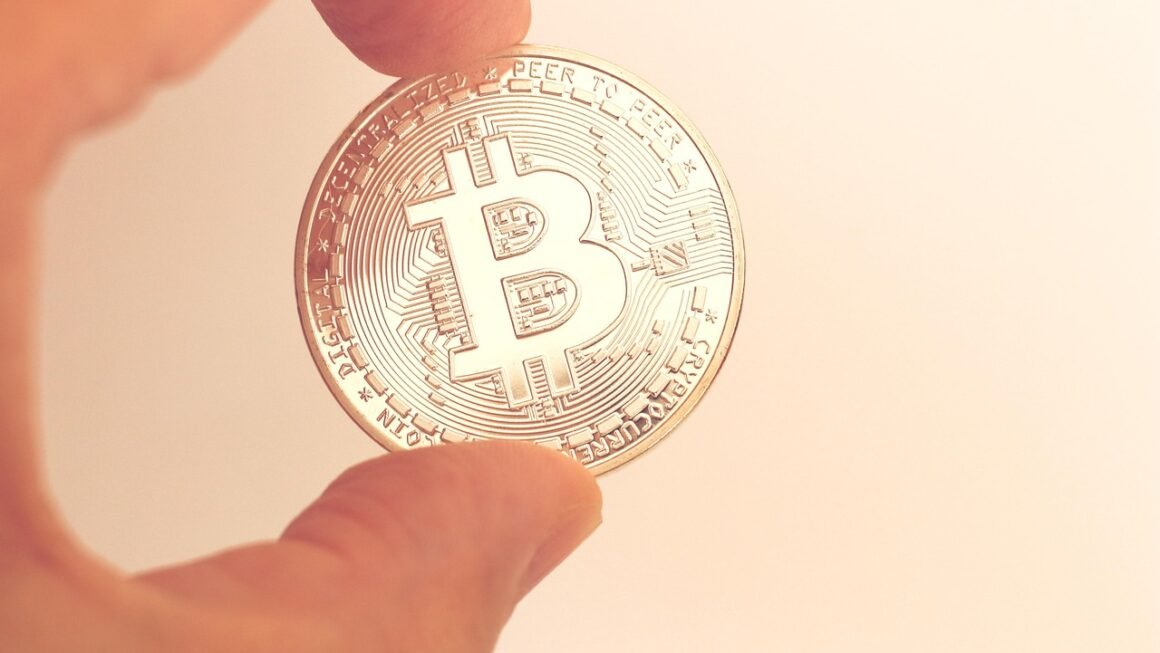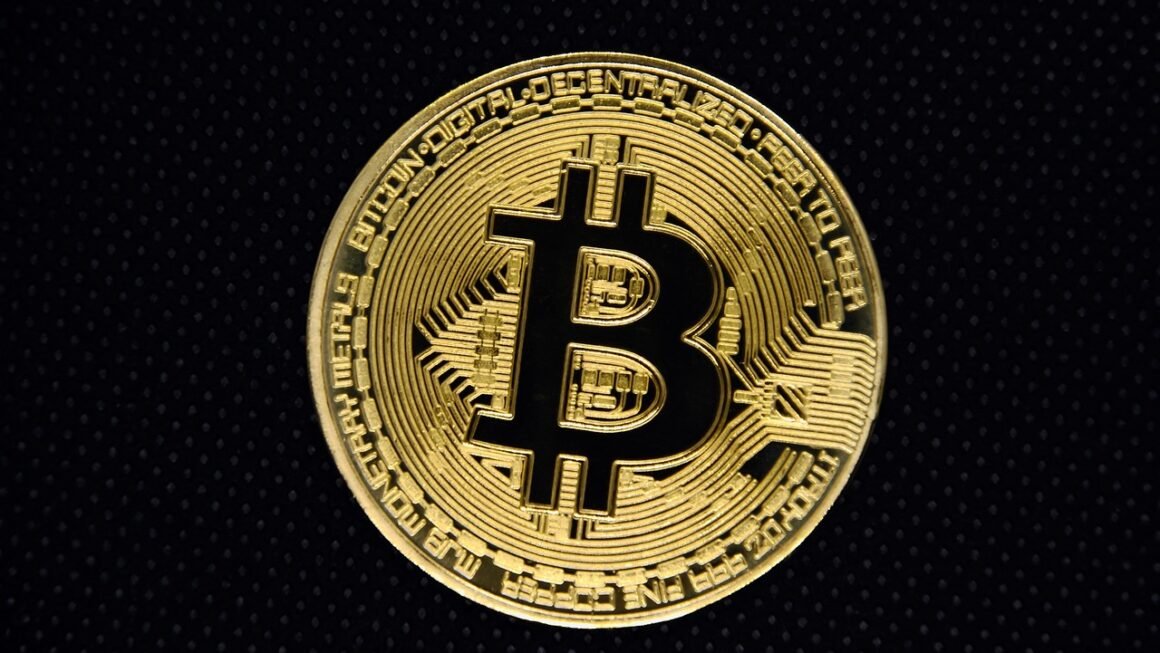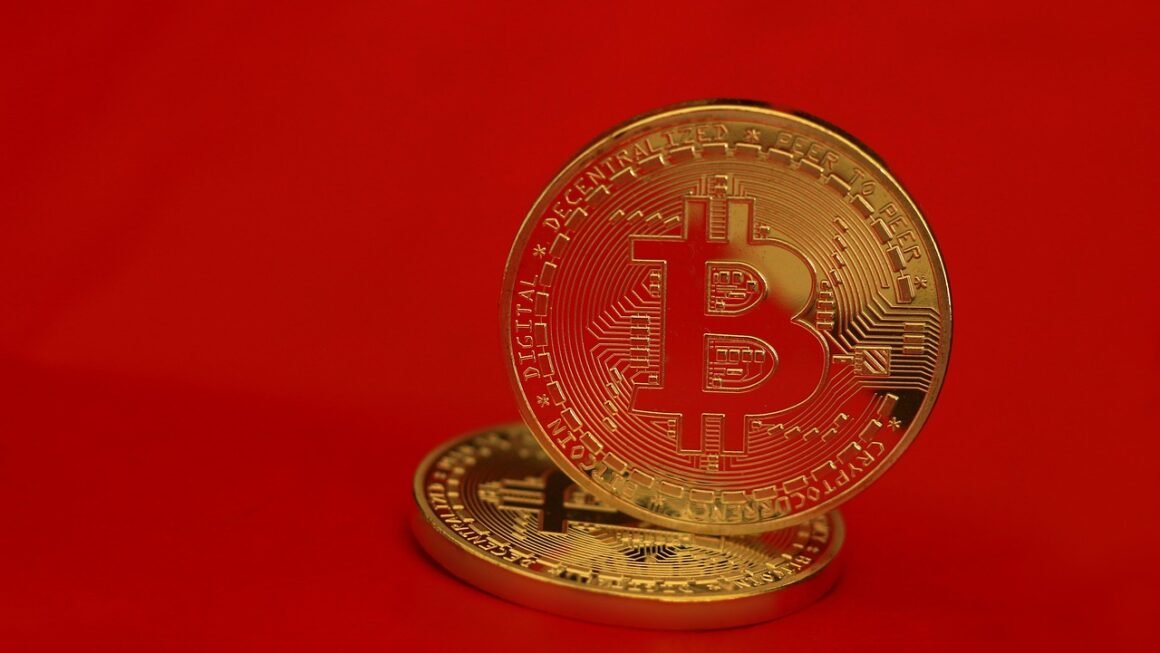Governance tokens are revolutionizing the way decentralized autonomous organizations (DAOs) and blockchain projects operate, empowering communities and shifting control away from centralized entities. These digital assets grant holders the right to participate in crucial decision-making processes, shaping the future direction of the project. This blog post delves into the intricacies of governance tokens, exploring their purpose, functionality, benefits, and potential pitfalls.
What are Governance Tokens?
Definition and Purpose
Governance tokens are a type of cryptocurrency that allows holders to influence the direction and operation of a blockchain project or DAO. They represent a stake in the platform’s governance and grant voting rights on proposals related to:
- Protocol upgrades
- Treasury management
- Parameter adjustments
- Future development initiatives
Essentially, governance tokens decentralize control, distributing it among token holders rather than concentrating it in the hands of a small team or company.
How Governance Tokens Work
The mechanisms for governance vary across different projects, but the fundamental principle remains the same: token holders propose changes, and the community votes to accept or reject them. Here’s a common workflow:
Example: Compound (COMP) is a lending and borrowing protocol on Ethereum. COMP token holders can propose and vote on changes to interest rates, collateral factors, and supported assets.
Benefits of Governance Tokens
Decentralization and Community Ownership
The primary benefit of governance tokens is the decentralization of decision-making power. Instead of a central authority dictating the project’s direction, the community collectively decides the path forward. This fosters a sense of ownership and encourages greater participation.
Transparency and Accountability
Governance processes using tokens are typically transparent. Proposals, discussions, and voting results are often publicly accessible on the blockchain. This transparency promotes accountability, as decisions are subject to scrutiny and can be traced back to specific token holders (though often pseudonymous).
User Engagement and Incentive Alignment
Governance tokens incentivize users to actively engage with the platform and contribute to its development. By holding tokens, users have a vested interest in the project’s success, encouraging them to participate in discussions, propose improvements, and vote on proposals. This creates a more engaged and aligned community.
Adaptability and Innovation
Decentralized governance allows projects to adapt quickly to changing market conditions and technological advancements. The community can collectively decide to implement new features, adjust parameters, or explore new opportunities, fostering innovation and ensuring the project remains competitive.
Challenges and Potential Pitfalls
Low Participation Rates
One of the biggest challenges is low participation rates in governance processes. Many token holders may not actively participate in discussions or voting, potentially leading to decisions being made by a small minority. This can undermine the principles of decentralization and community ownership.
Governance Attacks and Manipulation
Malicious actors could potentially acquire a large number of governance tokens to manipulate voting outcomes. This is known as a governance attack and can be detrimental to the project. Strategies to mitigate this include:
- Quadratic Voting: Makes it increasingly expensive to acquire voting power as holdings increase.
- Time-Locked Voting: Requires token holders to lock their tokens for a period before being eligible to vote.
Complex Governance Structures
Some governance structures can be complex and difficult for average users to understand. This can discourage participation and lead to decisions being made without proper community input. Simplicity and clarity are crucial for effective governance.
Regulatory Uncertainty
The regulatory landscape surrounding governance tokens is still evolving. Uncertainty about the legal status of these tokens could pose challenges for projects and token holders.
Examples of Governance Tokens in Action
MakerDAO (MKR)
MakerDAO is a decentralized stablecoin protocol that issues DAI. MKR holders govern the system by voting on stability fees, debt ceilings, and other risk parameters. This ensures the DAI stablecoin remains pegged to the US dollar.
Aave (AAVE)
Aave is a decentralized lending and borrowing platform. AAVE token holders govern the protocol by voting on proposals related to new asset listings, interest rate adjustments, and protocol upgrades. They also control the Aave Ecosystem Reserve.
Uniswap (UNI)
Uniswap is a decentralized exchange (DEX). UNI token holders can vote on proposals to improve the protocol, allocate UNI tokens from the treasury, and change the fee structure.
Practical Example: Proposing a Change on Compound
Imagine you’re a COMP holder and believe that the interest rate on borrowing USDC is too high. You could:
Conclusion
Governance tokens are a powerful tool for decentralizing control and empowering communities in blockchain projects and DAOs. While they offer numerous benefits, including transparency, user engagement, and adaptability, they also present challenges such as low participation rates, governance attacks, and regulatory uncertainty. By understanding the intricacies of governance tokens and implementing robust governance mechanisms, projects can harness their potential to build more decentralized, resilient, and innovative ecosystems. The future of decentralized governance is being shaped by these tokens, offering a glimpse into a world where users have a direct say in the direction of the platforms they use and support.



